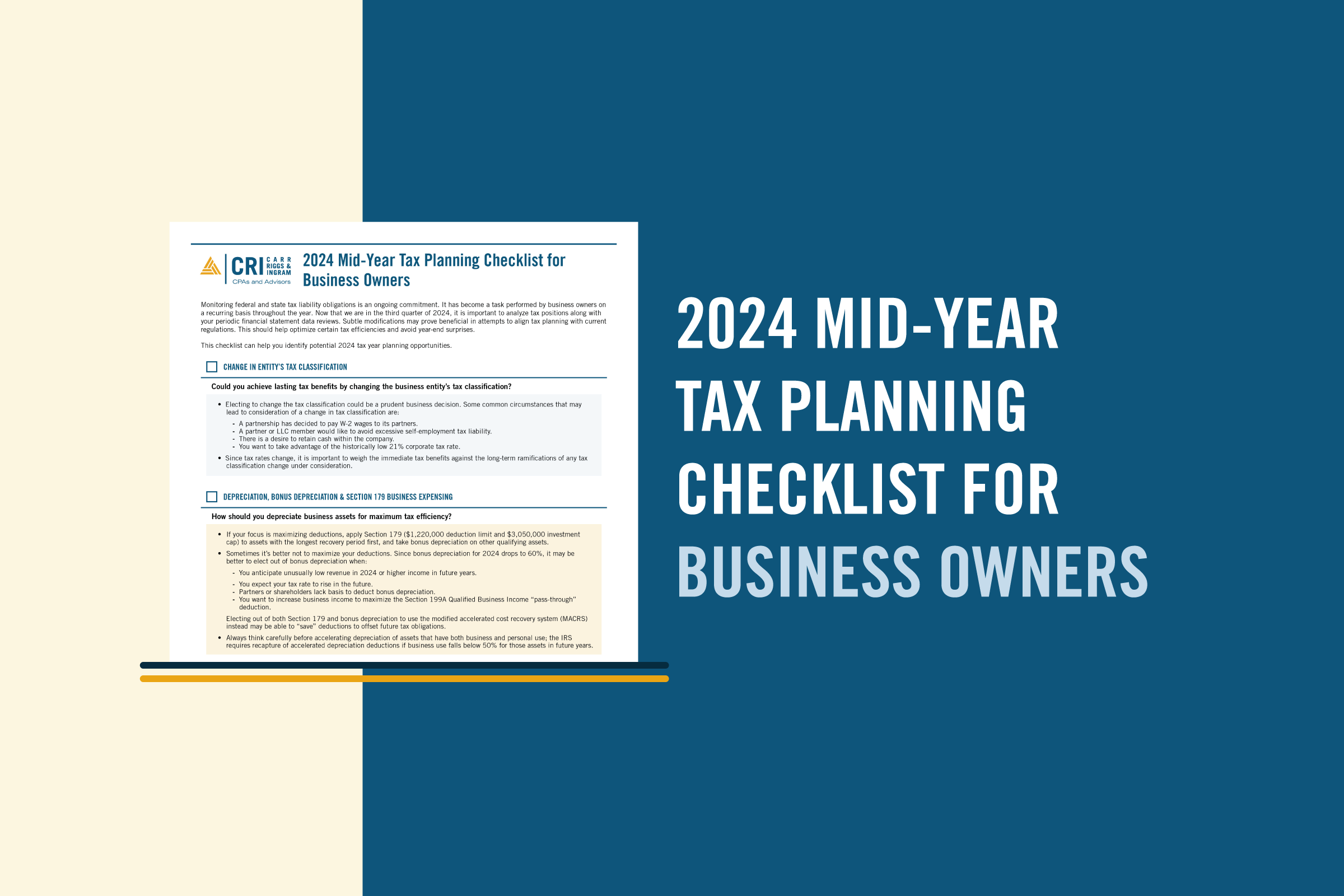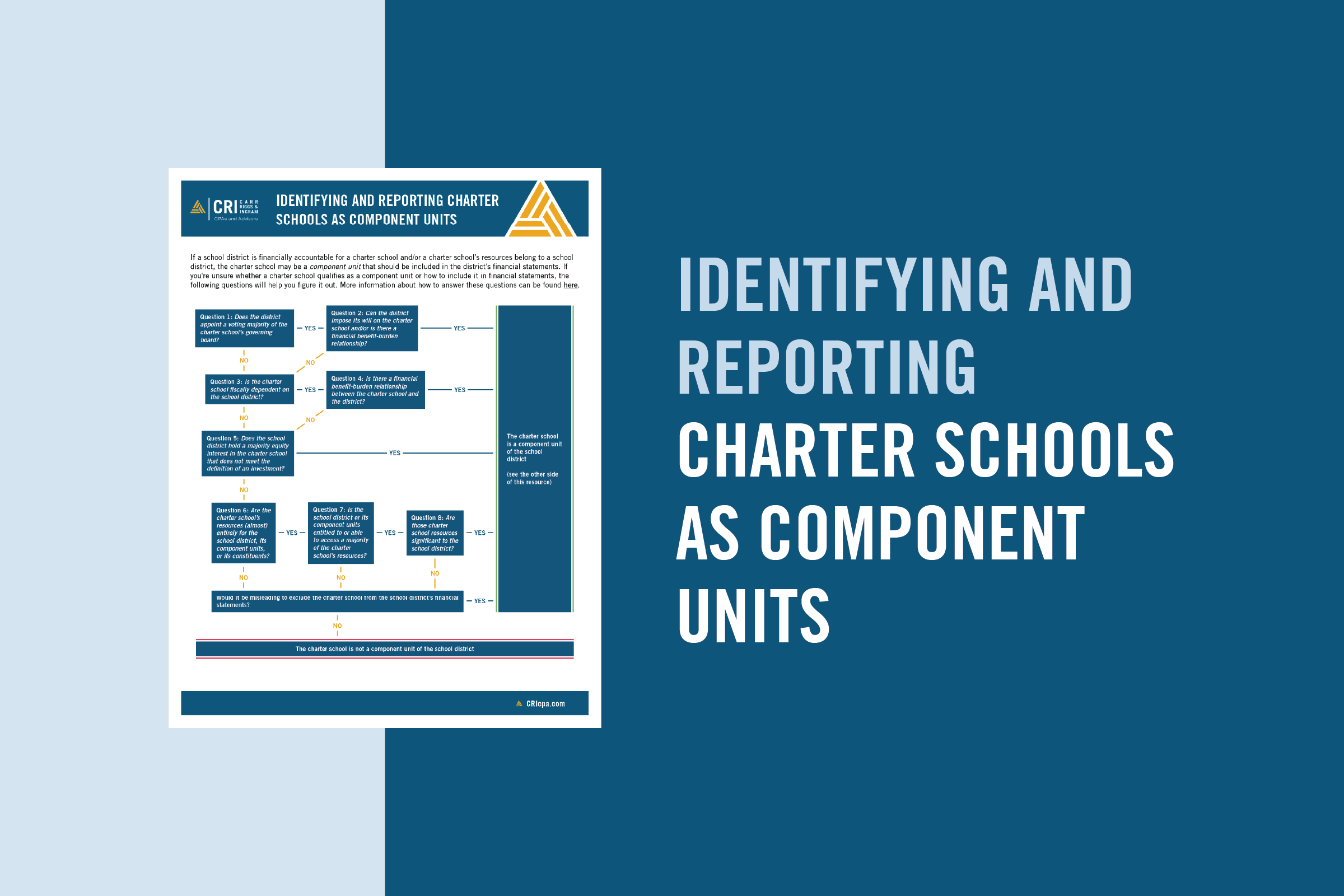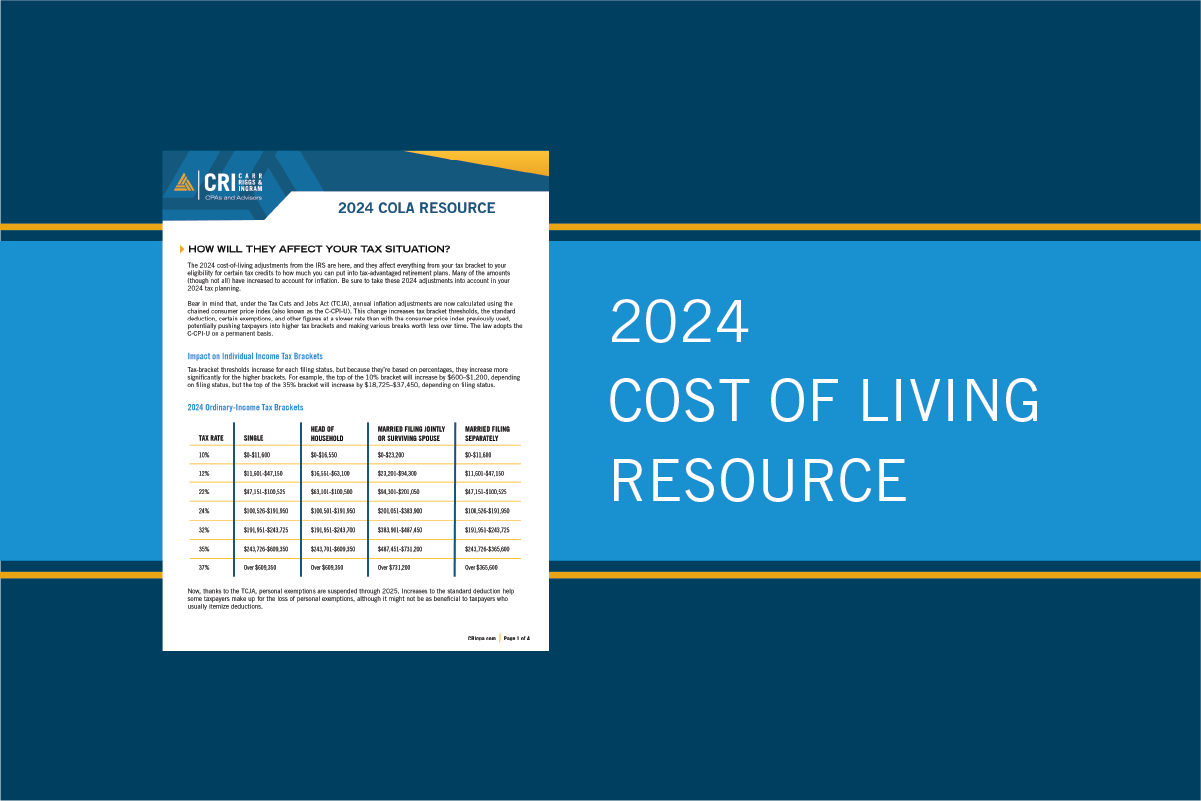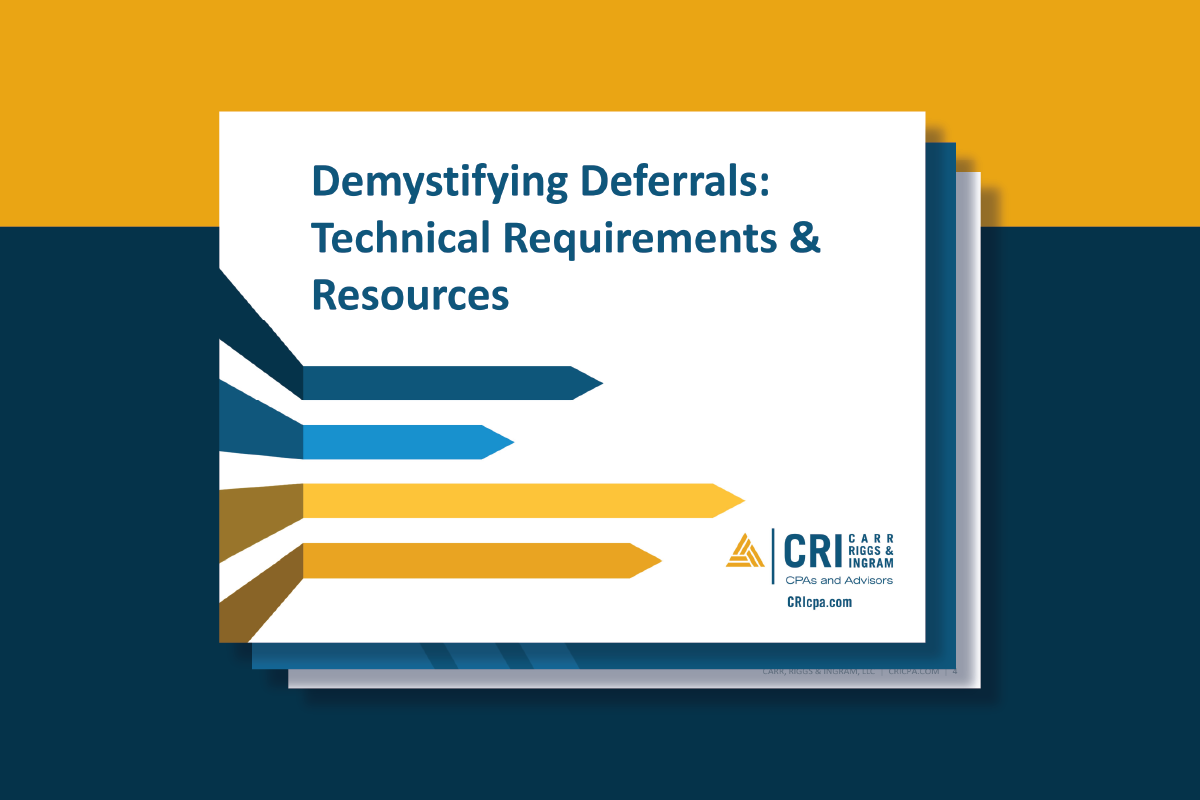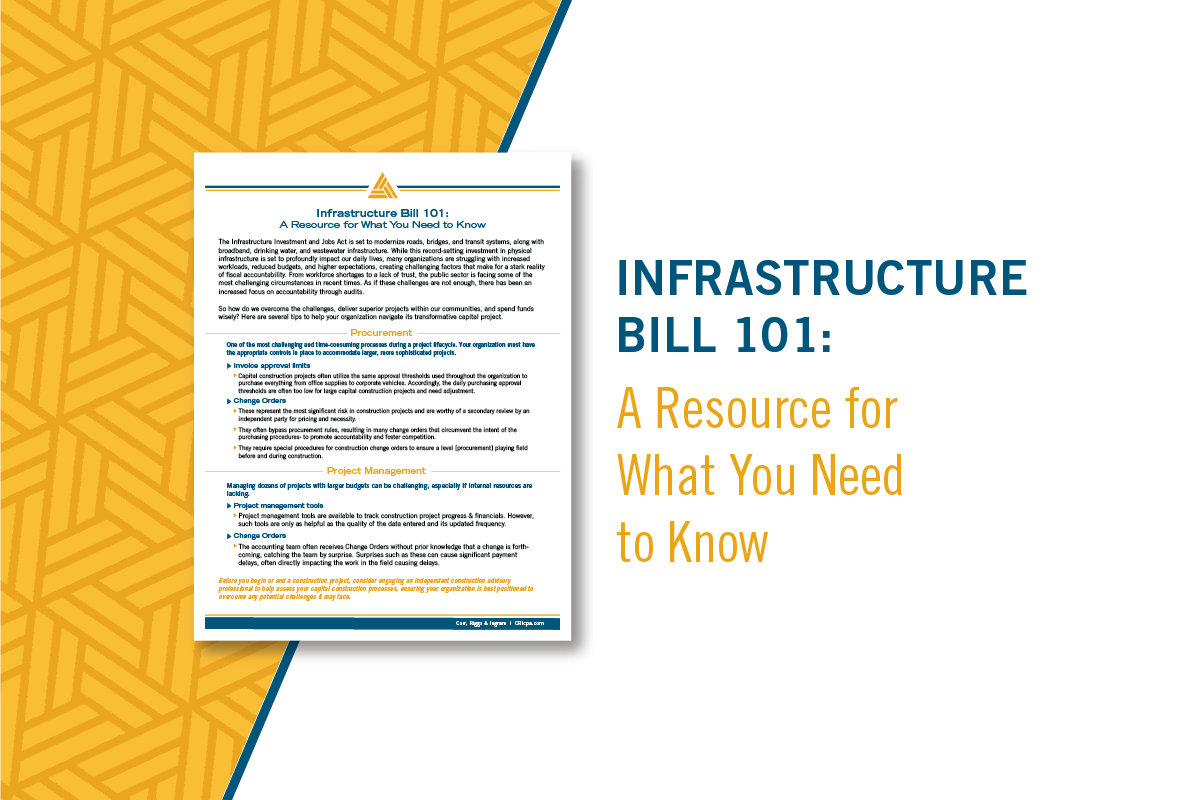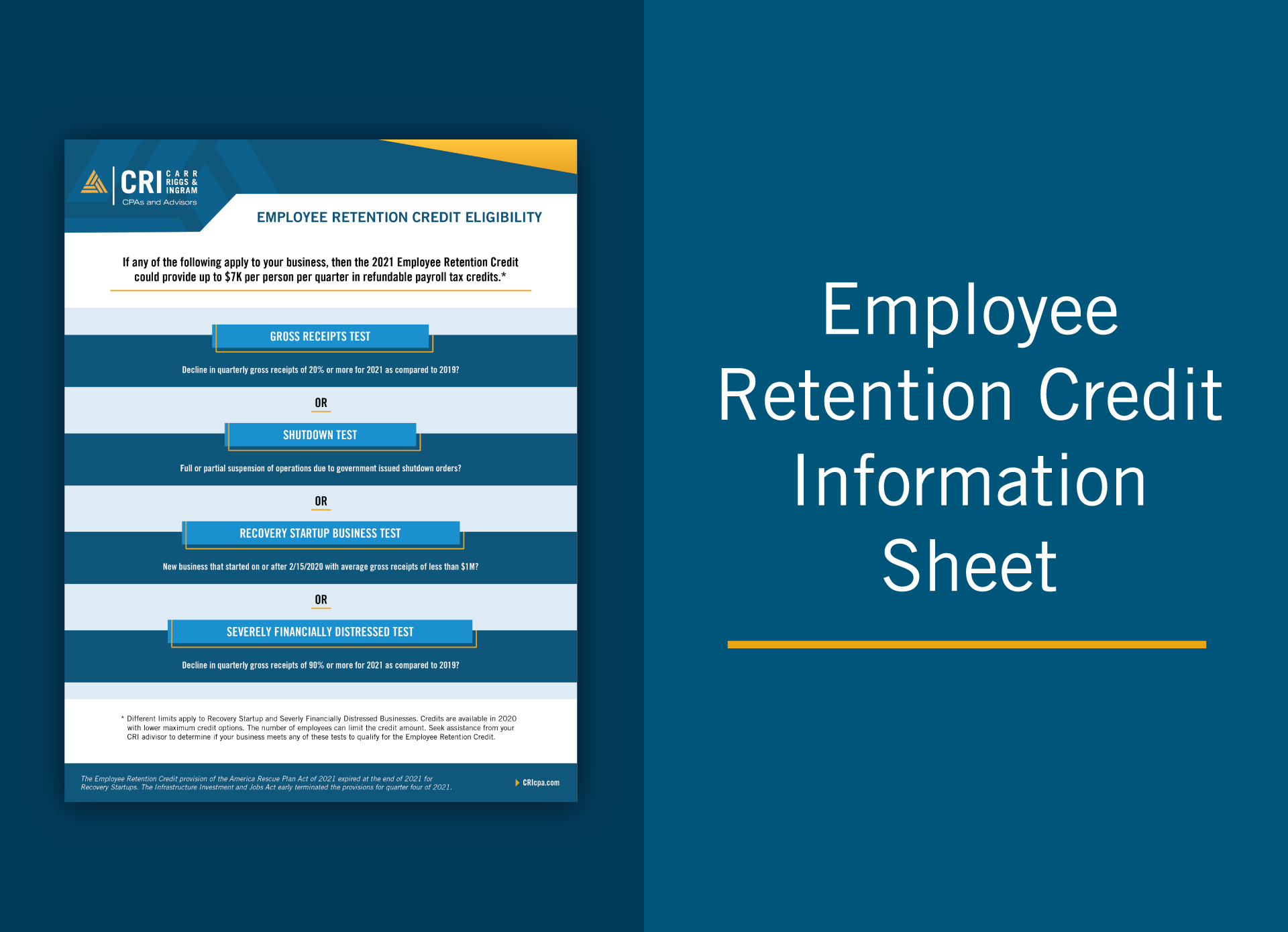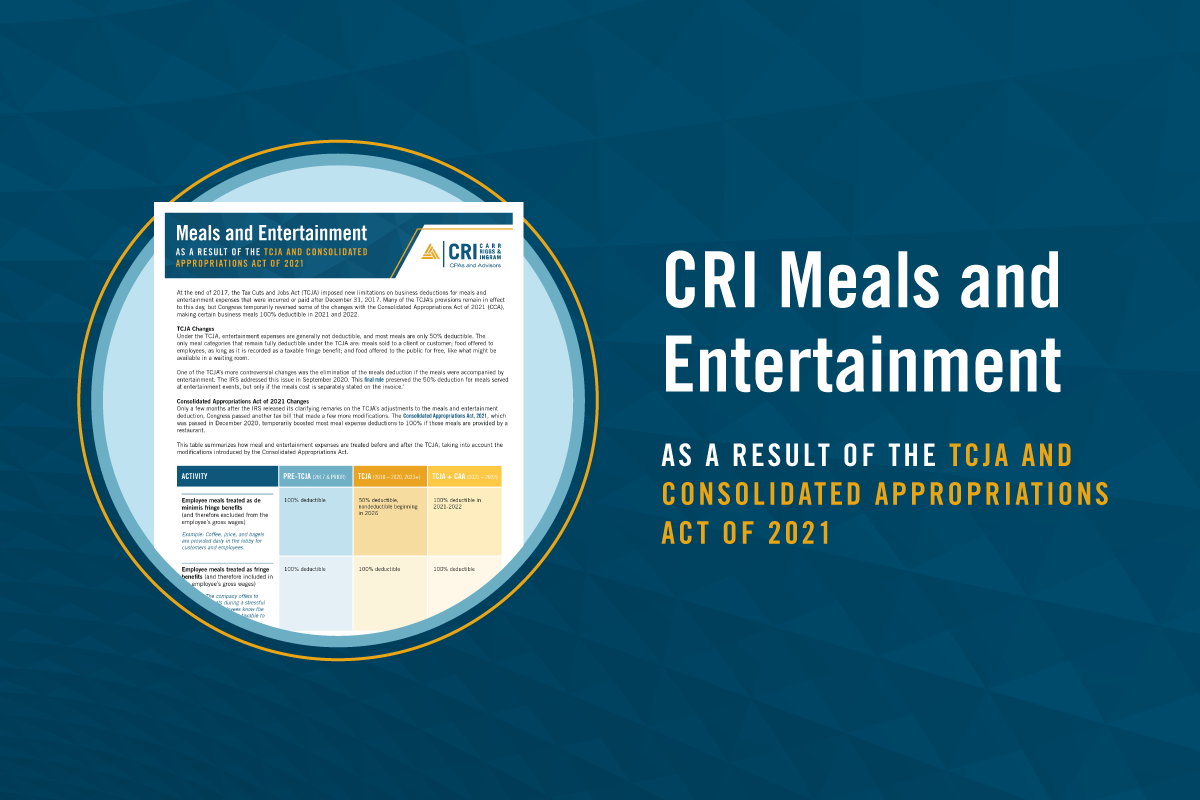The Infrastructure Investment and Jobs Act: Why to Expect a Marathon, Not a Sprint
- Contributor
- Dan Sellers
Sep 28, 2022
The avalanche of funding from the $1.2 trillion Infrastructure Investment and Jobs Act will ultimately impact nearly every segment of the construction industry. But by no means will it happen overnight.
The Infrastructure Act spans a decade and will boost the funding levels of existing programs and create new ones, meaning new governmental apparatuses and a corresponding level of red tape will be needed to manage them. Many projects will go through multiple phases of approvals and design iterations before even a hint of construction activity. As such, there’s still time for contractors, subcontractors, and suppliers to position themselves to ensure they benefit fully from the federal program.
Who’s Set to Benefit from the New Legislation?
By almost any measure, the legislation is enormous. The act contains an estimated $550 billion in new spending that touches every sector of infrastructure, from transportation and water to energy, broadband, and the resilience and rehabilitation of natural resources.
While many of the programs aren’t new, they have new types of investments channeled through them. Other programs in the act serve to fill the gaps in infrastructure funding. These include the $8.7 billion Promoting Resilient Operations for Transformative, Efficient, and Cost Saving Transportation (PROTECT) program, the $6.4 billion Carbon Reduction Program, which will fund bicycle and pedestrian trails, transit, and other energy-efficient transportation investments, and a $15 billion program to fund electric vehicle chargers and electric buses.
The legislation is also a comprehensive investment in broadband deployment, with $48.2 billion being invested in broadband appropriated to the National Telecommunications and Information Administration to address middle-mile deployment, digital equity, and affordability. Funds to address growing cybersecurity concerns, climate-focused environmental monitoring, and R&D have also been earmarked.
Many of the expected first projects will be those needed to get roads and other infrastructure functional or back to an operational status.
While most of the new funding will go to states based on specific formulas, a significant amount will be awarded as competitive grants, particularly with the new programs, attracting startups or existing companies who expand their scope to capture the funding.
Time to Prepare
There’s little doubt that general contractors will be direct beneficiaries of the Infrastructure Investment and Jobs Act, but there are a variety of indirect beneficiaries as well. Engineers, consultants, subcontractors, and a host of others will also reap the benefits, which is good news for equipment manufacturers, basic material suppliers, and steel, cement, lumber, and chemicals producers.
Any company supporting the nation’s infrastructure should adequately prepare itself for potential funding. For the construction industry, that includes becoming knowledgeable of specific regulatory requirements that a contractor will need to meet the requirements of grant programs. Additionally, since there will likely bepreferences for minority-owned and small businesses, it would be incumbent upon general contractors to build and maintain strong relationships with both minority and women-owned business enterprises and small business communities.
From a strategic standpoint, a general contractor might consider broadening its portfolio by acquiring a company with the appropriate skillsets. Another option is a joint venture, where one company has the relationships to win the contract while another has the skillset and the labor, helping both companies land larger projects by increasing their bonding capacity and boosting manpower.
Contractors should ask specific questions, such as what partnerships or relationships do they need to supplement their labor and share risks and resources? Being able to find, attract, and retain labor is going to be critical. Without proactive measures to address shortages, the issue of labor shortages will only worsen under the new act. As a result, sellers can expect an increased emphasis on trade school funding. Contractors and construction associations must strengthen their partnerships with trade and vocational schools to encourage new talent to enter these industries.
Skilled laborers will be in the highest demand, with workforce recruitment, retention, and development expected to receive the most investment. No matter the approach, contractors and those companies that service the construction industry still need to make vital changes to position themselves strategically to win and perform the work when the time comes.
For more information on identifying potential opportunities for your company to benefit from the Infrastructure Investment and Jobs Act, contact your local CRI professional. We are prepared to offer much-needed financial advice to the construction community and can assist with mapping out a reliable strategy for the years ahead.

